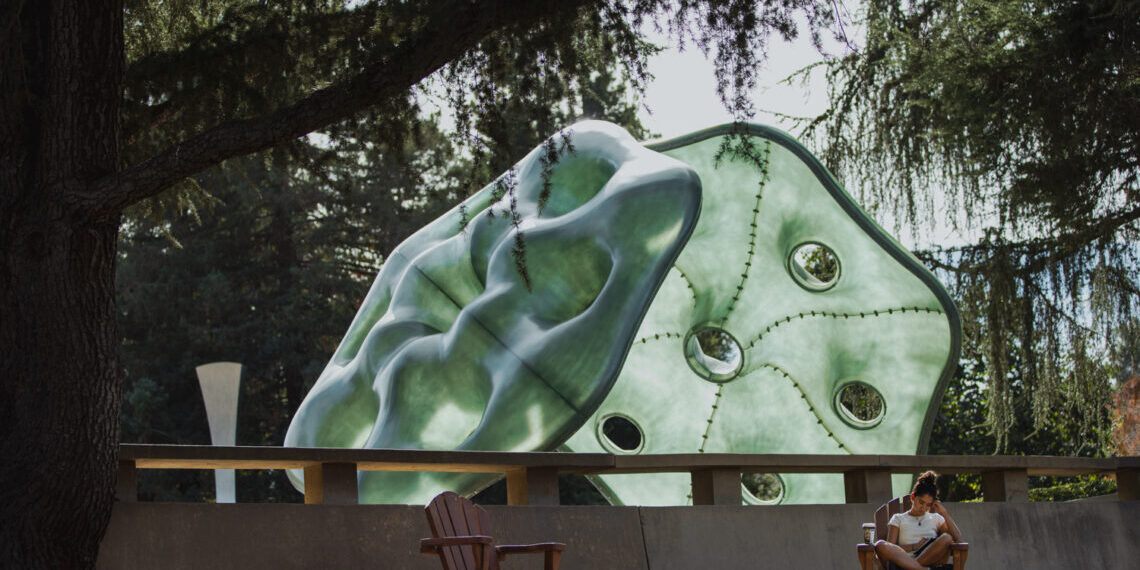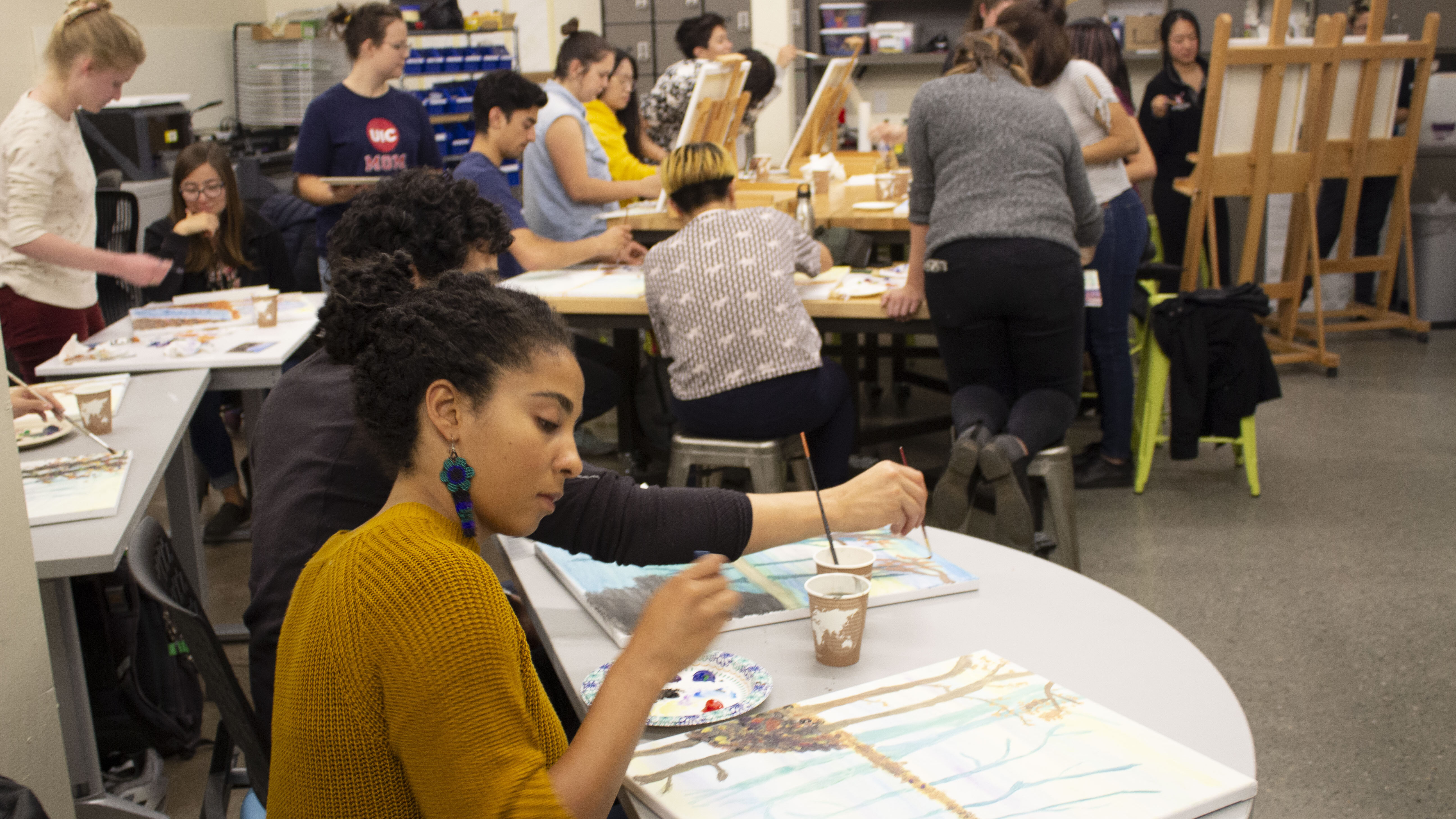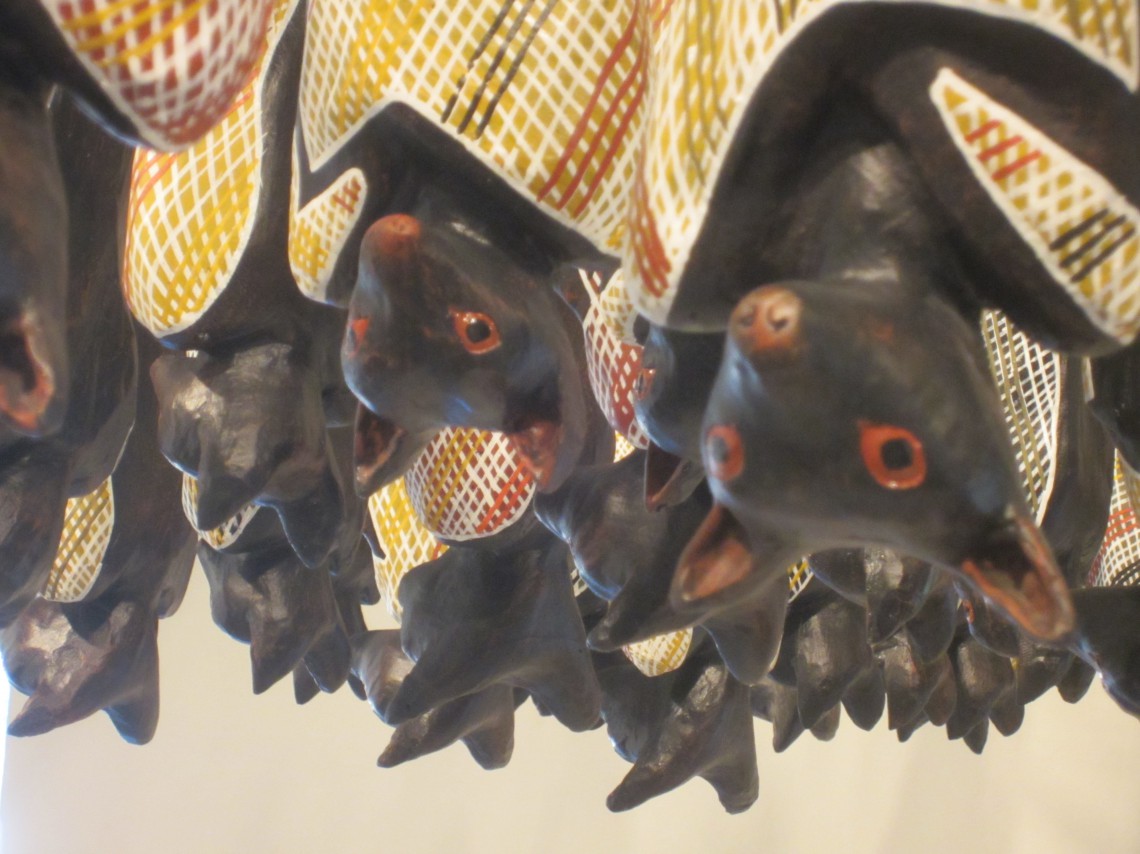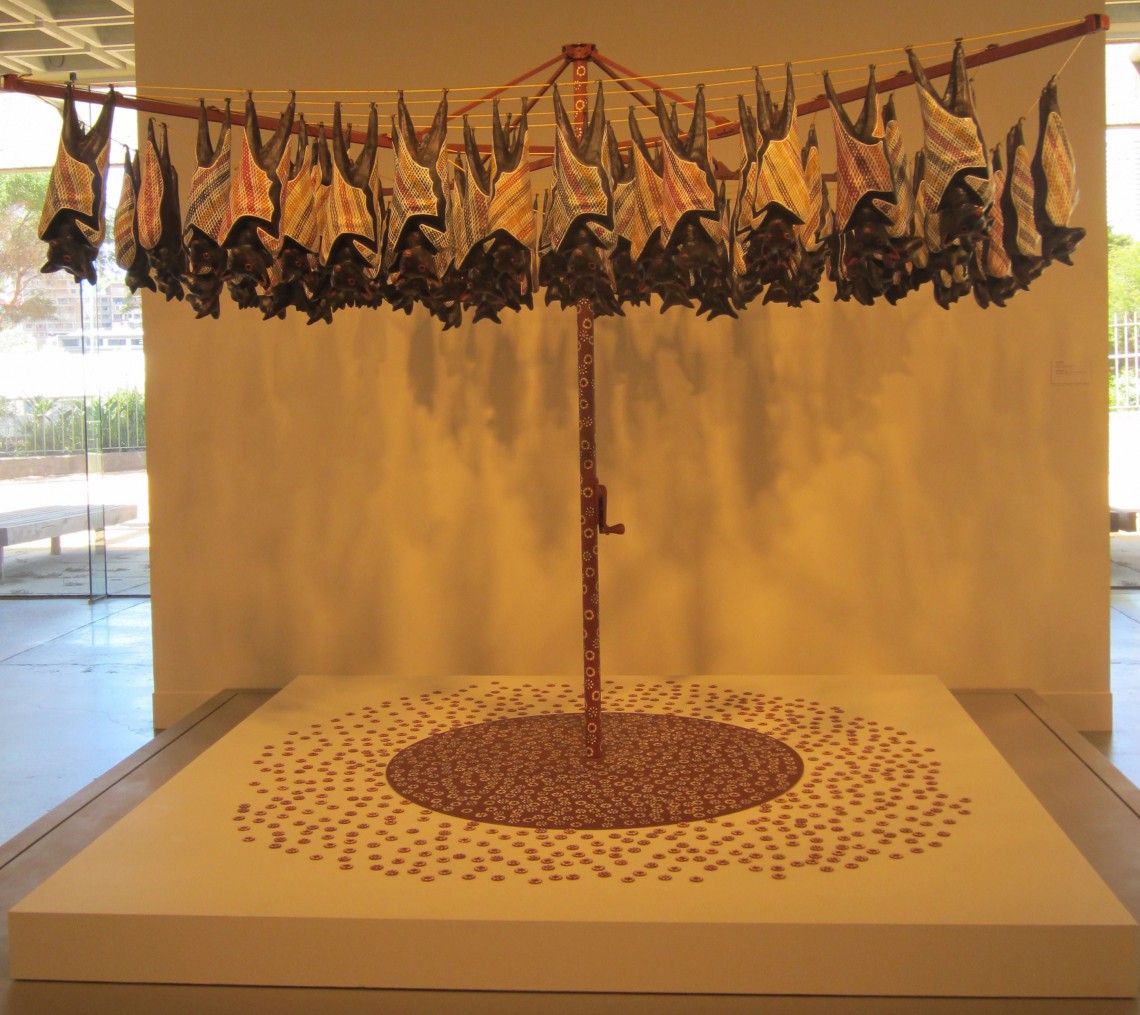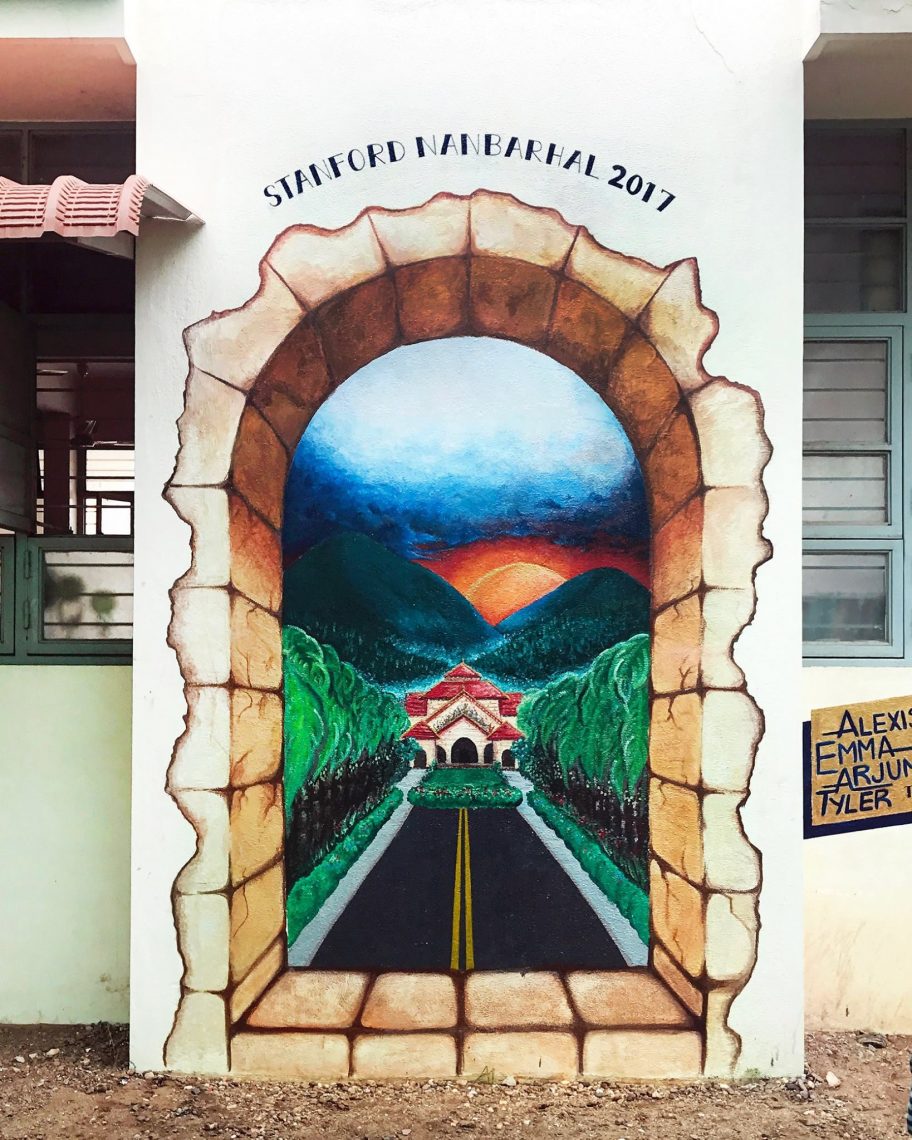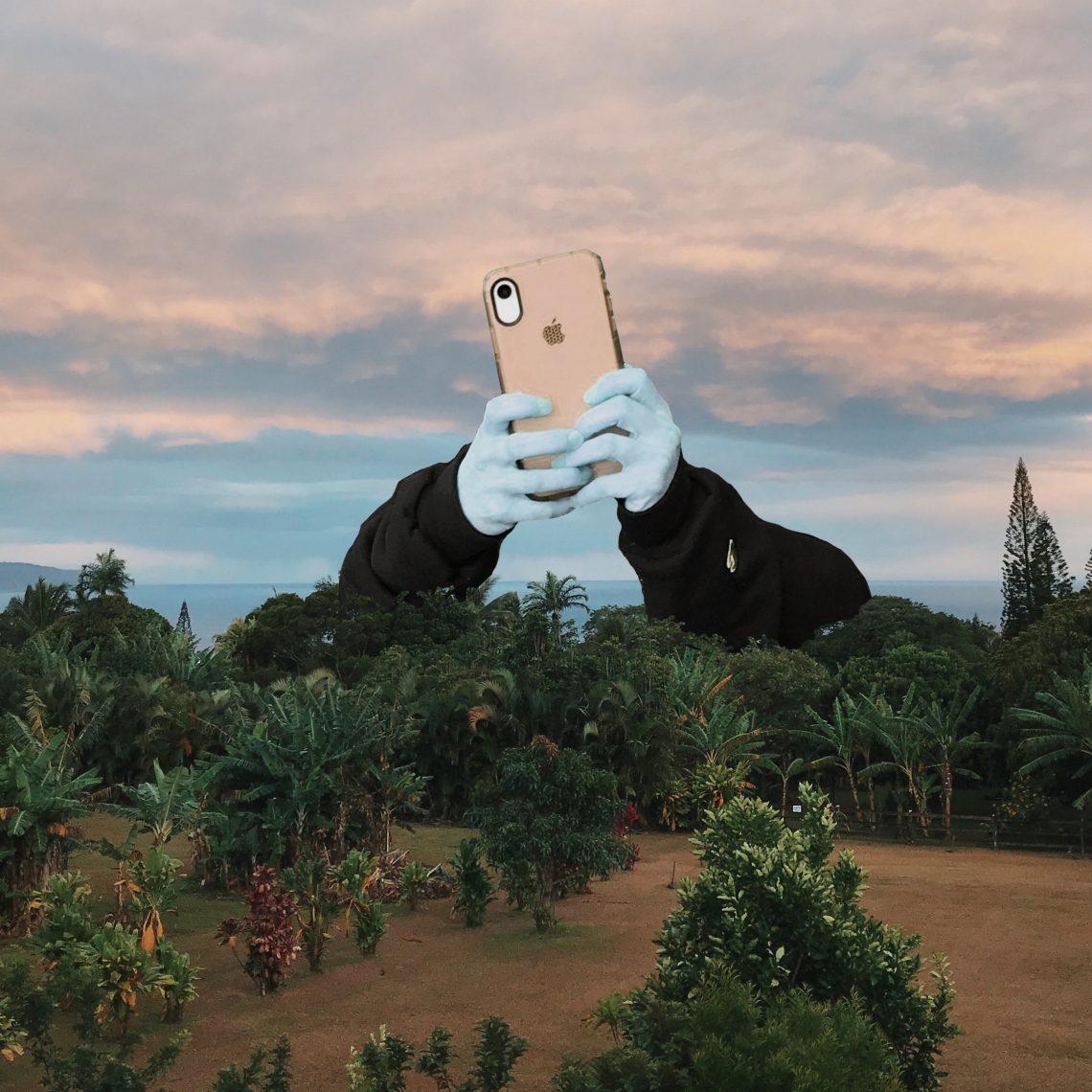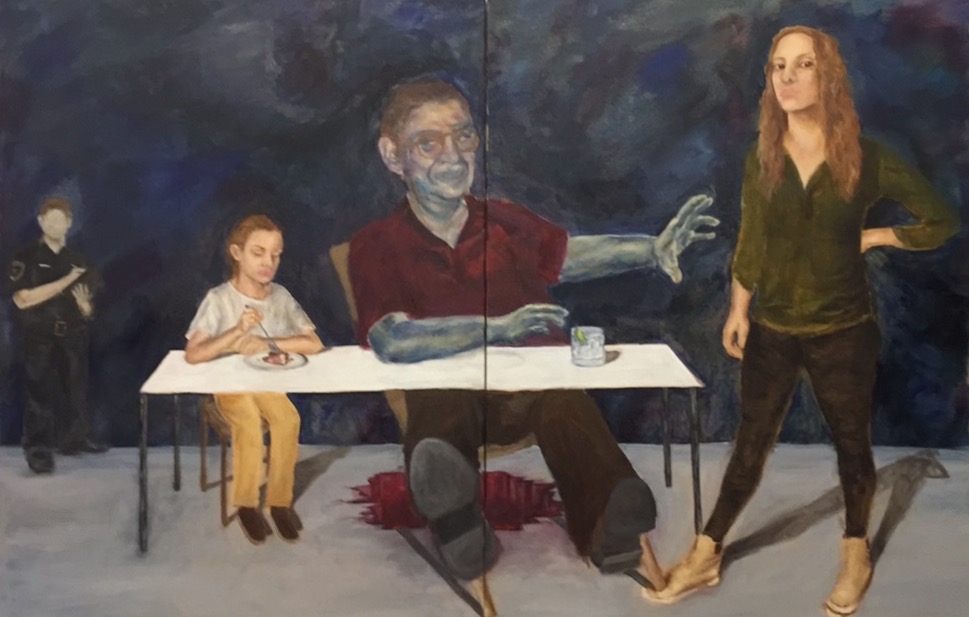Fruit bats on the clothesline
A report from the Art Gallery of New South Wales in Sydney, Australia
From across the room it catches my eye immediately, hundreds of 16-inch fiberglass figures dangling from a spidery, umbrella-shaped clothesline. As I approach, I realize that they’re flying foxes—big-eyed, pointy-eared fruit bats of the type I’ve seen fluttering overhead in the evening. I happen to love bats, and these particular sculptures are stunning in their stylization. From behind wings adorned with crosshatches, a pattern called rarrk in indigenous art, expressive eyes and doglike faces peer curiously back at me. They tremble on their perches as my movements stir the air.
I’m standing in the basement of the Art Gallery of New South Wales in Sydney, Australia, studying the modern Aboriginal exhibits. The piece I’ve just found is titled simply Fruit Bats. The artist, Lin Onus, has roots in the Yorta Yorta people on his father’s side and in Scotland on his mother’s. In this artwork from 1991, he interposes bats painted in native motif with a Western human construction in order to blend traditional Aboriginal heritage with elements of a modern lifestyle. It’s up to the audience to decide whether the flying foxes have colonized new territory or merely reclaimed a home that was once theirs.
I take a moment to study the wooden circles peppered along the pole and onto the ground. Each one is meant to represent a bat dropping and is decorated with a colorful flower pattern. It’s a clever way to illustrate the role fruit bats play in pollinating and dispersing seeds from native plants. I’m struck by how this piece depicts the importance of the natural world to Australian life in a mundane setting: the backyard clothesline.
It’s then that I realize that although these flying foxes may be exotic to me, there’s probably at least one Australian who wouldn’t be surprised to find them perched with the previous day’s laundry. I’m drawn to the bats immediately for their novelty. But to my hypothetical Aussie, fruit bats are a fondly remembered piece of childhood, or at the very least intimately connected with where she grew up. Many times here I’ve found myself yearning for my home in the American West, yet somehow I’ve forgotten the simple fact that this country, too, is home to someone.
Some art is beautiful for its spectacle: It’s easy for me to love the graceful white curves of the Opera House emerging like a lotus beside the arches of the Harbor Bridge. Some art is beautiful for its familiarity, like the awe-inspiring landscapes of the Australian wilderness that remind me of my beloved Rocky Mountains. And some art is beautiful precisely because it is neither spectacular nor familiar; it offers a new perspective on what I might otherwise overlook. Onus’ work reminds me that the unique aspects of Australia that I’m attracted to as a stranger are what make it home to the people who live here.
As I leave the art gallery, I challenge myself to find the bats on my own clothesline. They’ll be no less beautiful for being mundane.

